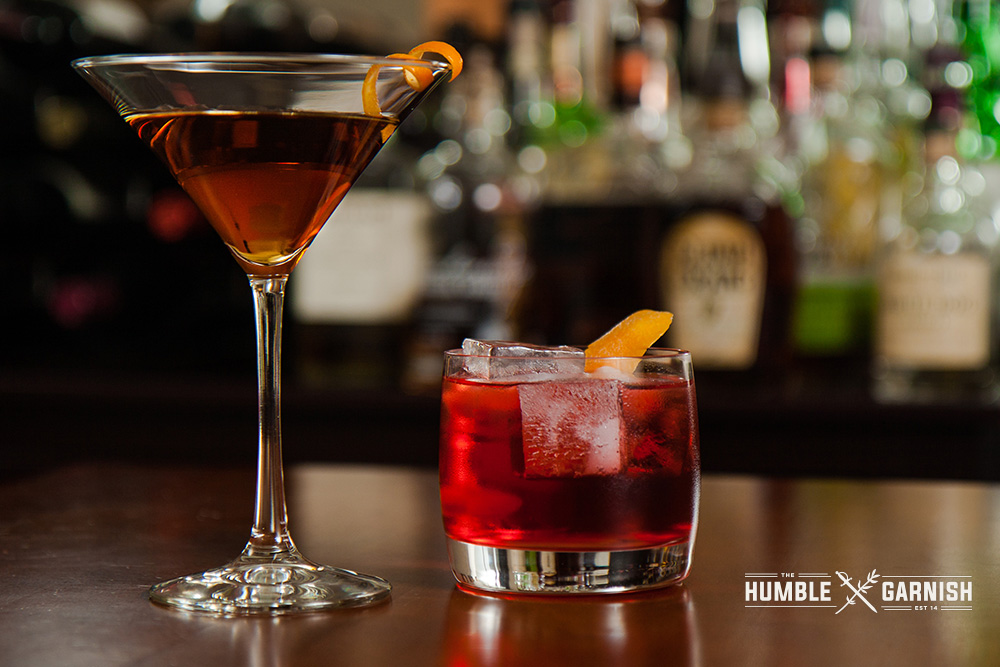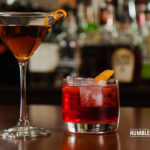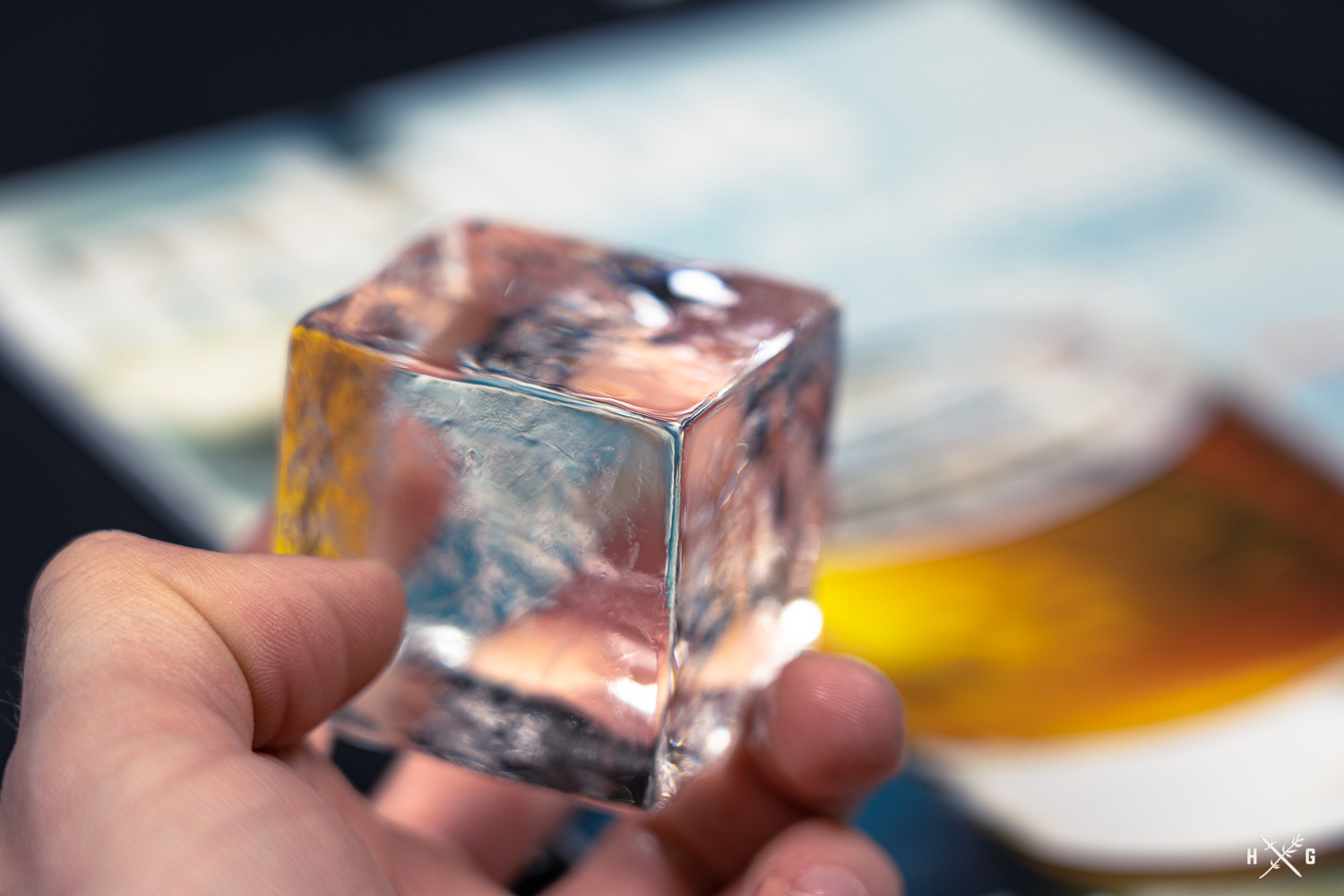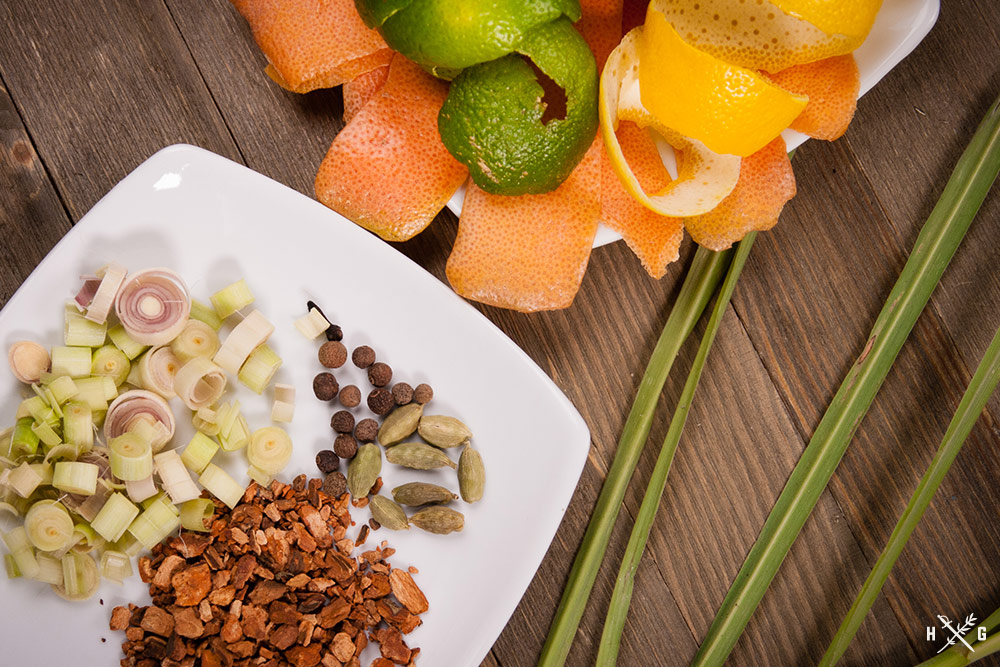I’ve previously equated palate expansion to increasing literacy. Occasionally some of these experiences cause a paradigm shift and create a palate milestone. Prior to enjoying an amari flight with Aaron Post of Valkyrie I had limited experience with amari. I was familiar with the standard bottles like Fernet-Branca, Cynar, Aperol, Averna, and Campari, but I wasn’t aware of the number and variety of amari that existed. Amari are a family of bitter liqueurs, often, but not exclusively, from Italy that are rich in bold herbal flavors and historically consumed as a digestif. Amaro (singular form of amari) is the Italian word for “bitter”, and if you aren’t familiar with any of the aforementioned brands, I guarantee you’ve at least heard of Jägermeister. Jägermeister isn’t what you’d call the poster child for amari, but it provides a point of reference. Jäger has a bold flavor that is herbal, medicinal, and heavy on anise. At least that’s what I recall from the last time I had it around 8 years ago. Bitterness is somewhat of a “flavor blind spot” for Americans. However, I think the American palate is more welcoming to these flavors than it has been. This trend isn’t only evident in the preference for less syrupy cocktails, but also for hoppy and sour beers. Whether or not you decide to embrace bitter flavors, exploring the world of amari is something I’d highly recommend. One quickly realizes how different the palates of Europeans are, particularly after learning that the popular amari, Cynar, contains artichoke as a primary botanical ingredient. Fortunately it doesn’t taste like liquified artichokes, and in the context of a cocktail the amaro is simply providing balance in the form of bitterness.
Although familiarity with amari may be on the rise, even the enthusiast likely has a bit of an experience gap. I was familiar with the standard bottles like Fernet-Branca, which bares the same household familiarity as Coke – at least to those in the service industry. Without much exposure to other fernets, it’s easy to assume that Fernet-Branca is the fernet. What’s important to know is that fernet is to amaro as bourbon is to whiskey. All fernet is amaro, but not all amaro is categorized as fernet. Fernet is a style of amaro. The wide range of styles of amari include alpine, carciofo, china, fernet, light, medium, rabarbaro, tartufo, and vermouth. After expanding my palate I still enjoy Fernet-Branca, but my perception of it has changed. The diversity of flavor in amari, fernet specifically, blew me away during this tasting.
I always champion the practice of tasting ingredients and spirits not only outside of the context of a cocktail, but alongside their companions. You’ve likely had some of the popular amari in cocktails since they commonly provide balance or an accent flavor. For those looking to venture into the realm of bitter, I’d suggest two particular classic cocktails (recipes below), the negroni and the hanky-panky. The classic negroni is equal parts gin, Campari, and sweet vermouth. Campari being the Italian amaro that gives the negroni its bitterness. Worth noting is that it’s debatable whether Campari is classified as an amaro, but they have positioned their brand as such, so I’m including Campari. I’d also recommend the hanky-panky, which is equal parts gin and sweet vermouth with a few dashes of Fernet-Branca.
Without farther ado, here is the rundown of what I tasted along with my brief tasting notes. It was a lot to fit into a single hour. Most of the spirits link to their primary pages, but some of these were difficult to find any info on. Don’t forget to check out the recipes and links to additional reading at the bottom of this post.
- Fernet-Lazzaroni – more woodiness on the nose; significantly less menthol than Fernet-Branca (25% ABV)
- Luxardo – softer on the nose; vanilla; sweet; less menthol than Fernet-Branca, but more than Fernet-Lazzaroni (40% ABV)
- Fernet-Vallet – very dark in color, like tar or molasses; thick in consistency; not minty; black licorice/star anise; tastes like Good & Plenty candies; it was juicy and sweet to the extent it made me salivate (35% ABV)
- Letherbee Fernet – my favorite by far; reminded me of Angostura Aromatic Bitters; perfect balance between bitter and sweet; gentian root (33% ABV)
- Varnelli Amaro dell’Erborista – delicate and floral; honey; thin in consistency (21% ABV)
- Zucca – similar to Cynar, but rhubarb instead of artichoke; dominant sweet flavor, but also very vegetal; when tasted alongside Cynar it made the Cynar seem more fruit and berry driven; this is good stuff (16% ABV)
- Bigallet-China – this had a flavor very reminiscent of Starburst candy; citrus, spice, black pepper; sweet and syrupy; heat on the palate from alcohol (40% ABV)
- Amaro Sibona – cardamom heavy; welcoming flavor that is sweet, but not syrupy (28% ABV)
- Amaro Sibilla – sour on the nose; honey; black licorice, but not the candy perhaps more of a star anise (34% ABV)
- Blo Nardini – typical flavors; nothing really stood out on this one
- Letherbee Besk – anise heavy; hot on the palate; extremely bitter and dry with wormwood and gentian root; not for the faint of heart; this is similar to Jeppson’s Malört; the oddball of the group (50% ABV)
 After this tasting, the two bottles that stood out the most were the Letherbee Fernet and the Zucca. I would sip either of these neat or on a little ice with a lemon twist.
After this tasting, the two bottles that stood out the most were the Letherbee Fernet and the Zucca. I would sip either of these neat or on a little ice with a lemon twist.
Thanks to Aaron Post, owner of Valkyrie for sharing his time and knowledge. If you’re in or passing through Tulsa, be sure to grab a drink at Valkyrie and let or the bartenders know I sent you. Not only do they have a great cocktail menu and whiskey selection, but they also have a great beer selection on tap. You can find their full menu here.
Additional Reading
There is a very good four-part series featuring amari on Inu Ā Kena. While I didn’t use these as a reference when writing this post, it would be a disservice not to post them here, as they are thorough.
Amaro 101: An Introduction to Italian Amari
Amaro 102: Beyond Basic Bitters
Amaro 103: Advanced Amari
Amaro 104: Continuing Education
Hanky-Panky
Ingredients
- 1½ ounces gin
- 1½ ounces sweet vermouth
- 2-3 dashes fernet
Instructions
- Combine ingredients in mixing glass with ice and stir until chilled.
- Strain and pour into chilled coupe or martini glass. Garnish with an expressed orange twist.
Negroni
Ingredients
- 1 ounce gin
- 1 ounce Campari
- 1 ounce sweet vermouth
Instructions
- Combine ingredients in mixing glass with ice and stir until chilled.
- Strain and pour into a rocks glass filled with ice.
- Garnish with an orange twist.





